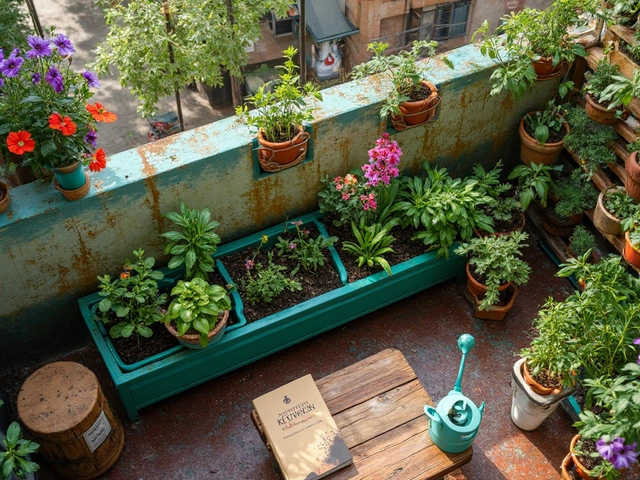Eco-Friendly Homes: Practical Steps to Green Up Your Space
Want a home that feels good and does good? You don’t need a massive overhaul—just a few smart habits can turn any house into an eco‑friendly haven. Below are the easiest changes you can start today, from the garden out to the walls.
Save Water Like a Pro
Water is the biggest bill killer for many households. Swap a regular sprinkler for drip irrigation and you’ll cut usage by up to 60 %. The trick is to lay the drip lines just a few inches below the soil surface—deep enough to reach roots but shallow enough to stay easy to fix. If you’re worried about cost, start with a small zone around your most thirsty plants and expand as you get comfortable.
Another quick win: let tap water sit for a few hours before you water indoor plants. This lets chlorine evaporate, keeping foliage healthier without buying expensive filters.
Turn Waste into Wealth with Compost
Cooking leftovers, garden clippings, and even coffee grounds (except for the plants that hate them) make perfect compost material. A simple bin in the corner of your yard turns these scraps into black gold in a couple of months. Mix in a bit of sand or ash to speed up decomposition and improve texture for heavy soils.
When building new beds, blend compost with native soil. This lightens dense ground, improves drainage, and gives plants the nutrients they need to thrive without synthetic fertilizers.
Choosing the right plants also saves water and effort. Native species are already adapted to local rains and temperature swings, so they need far less irrigation. Think of hardy grasses, local shrubs, and drought‑tolerant flowers like marigolds that also bring a splash of color.
For balcony dwellers, vertical gardens let you grow herbs and veggies without sacrificing floor space. Use lightweight trays, a drip line, and a simple trellis—your balcony becomes a mini‑farm that feeds you and cuts down grocery trips.
Weed control and pest management can stay natural too. A spray of neem oil or a sprinkle of crushed eggshells keeps many insects away without harming beneficial bugs. If you need stronger action, consider companion planting: pairing basil with tomatoes deters pests and boosts flavor.
Finally, think about energy use inside the house. Switch to LED bulbs, use power strips to cut phantom loads, and seal drafts around doors and windows. Small moves add up, making your whole home greener, not just the garden.
Eco‑friendly living isn’t about perfection—it’s about making better choices one step at a time. Start with a drip line, a compost bin, or a few native plants, and watch your home become a healthier, more sustainable place to live.
Eco-Friendly Home Designs: Building for a Sustainable Future
Building an environmentally friendly house means considering not just the materials used, but also how they work within their environment. From cob structures to modern earth-sheltered designs, each offers unique benefits for energy efficiency and resource conservation. This article explores various sustainable building methods and how they integrate with eco-conscious gardening practices. Aligning your home with nature not only reduces your carbon footprint but also enhances your quality of life.
About
Sustainable Gardening
Latest Posts


Best Months for Flower Blooming in India: Flower Seasons & Tips
By Alden Thorne Jul 27, 2025

Revitalizing Old Soil: Tips for a Thriving Garden
By Alden Thorne Jan 16, 2025

Why Tomato Is Costly in India?
By Alden Thorne Nov 11, 2025

